Story by Brent Farrell; Photos by Cory Walters and Brent Farrell
The 24 Hours of Glen Helen is now in its 16th year. It was started back in 2000 by one of our own team members, Craig Hunter. Throughout the 90’s we had competed in a similar event known as The 24 Hours of Le Fud, held in Plaster City near San Diego. It had some different rules and much different terrain, but the idea was the same and it was always a lot of fun. Craig thought Glen Helen was the perfect venue for an endurance race and was able to put all the pieces together to make the race a success right from the start. In that first year, he promoted the event while I put together a team to race it. We rode a Yamaha YZ426 with our sole source of light coming from two MR16 halogen bulbs that we picked up at Home Depot. We had a great time, finished well, and even left with a share of the purse money.
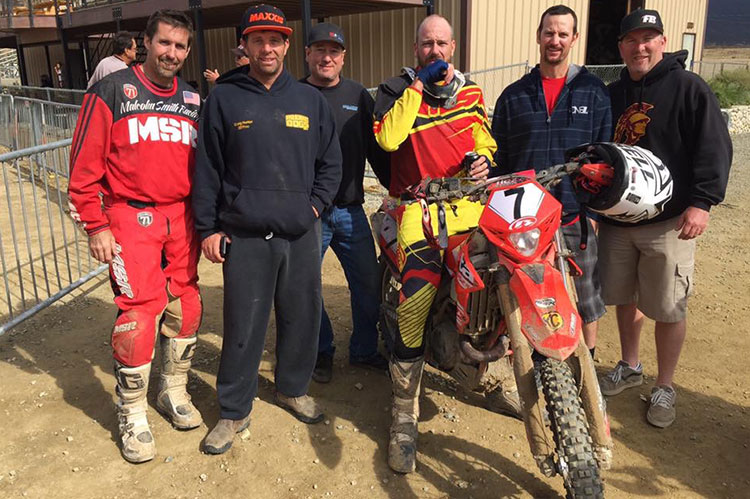
After the first couple years, Craig handed the reins over to the Glen Helen staff and since then has been at the event as a rider on our team.
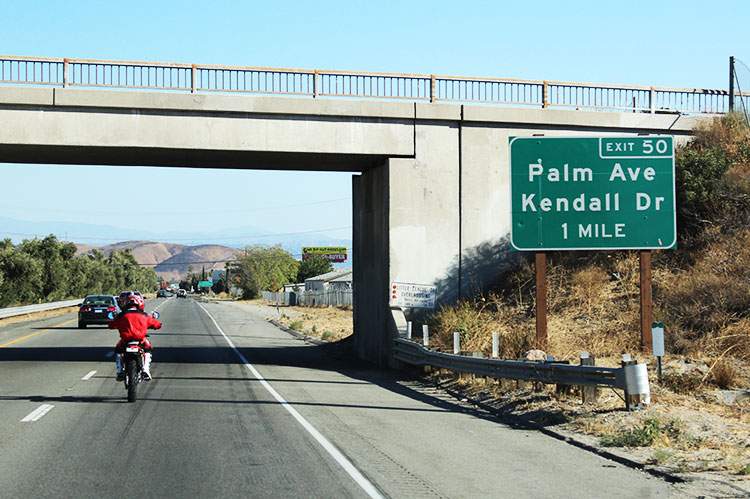
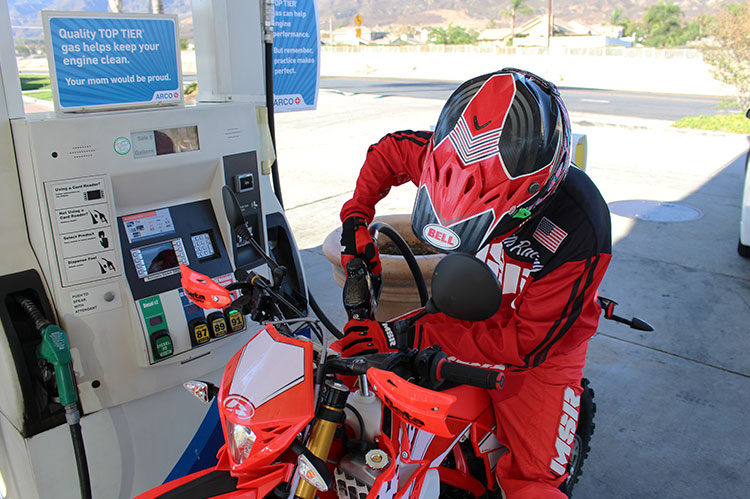
This year we pulled together six riders, all veterans of the event, and entered the 40+ Expert class. Jason Trubey, would lead us off, then; Jeff Kawell, Robert Baehr, myself, Craig, and Scott Perkins. We knew we had a good team and would have a good shot at winning the class. We also felt like we could be competitive in the overall classification, and we really hoped that we would be able to stay close to the younger DBT team riding the 250 Expert class. Turns out those kids rode the wheels off their YZ250FX and finished 2nd overall. Needless to say, the only time our bikes were close was when we were doing the pre-race photos. This time, experience would not trump the speed of our younger associates.

We rode a 2017 Beta 430RR-S which turned out to be a perfect bike for the challenging course, that included everything from pavement to the national MX track. The Beta’s smooth motor and plush suspension were a great combination for the diverse and quickly changing conditions. Throughout the race every member of the team commented on how much they liked the bike.
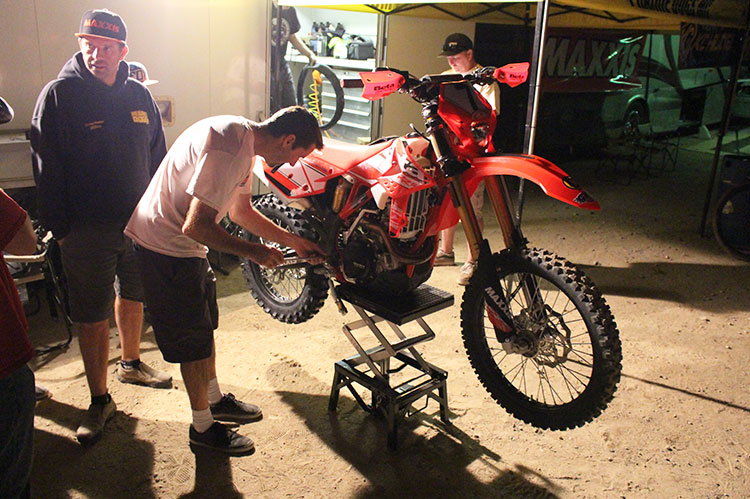
At 10:00 Saturday morning, the green flag waved and we were off. For the first rotation, we had each rider complete just two laps so everyone would get some time on the bike early in the race, and we’d have an opportunity to get feedback and determine if any fine tuning was necessary.
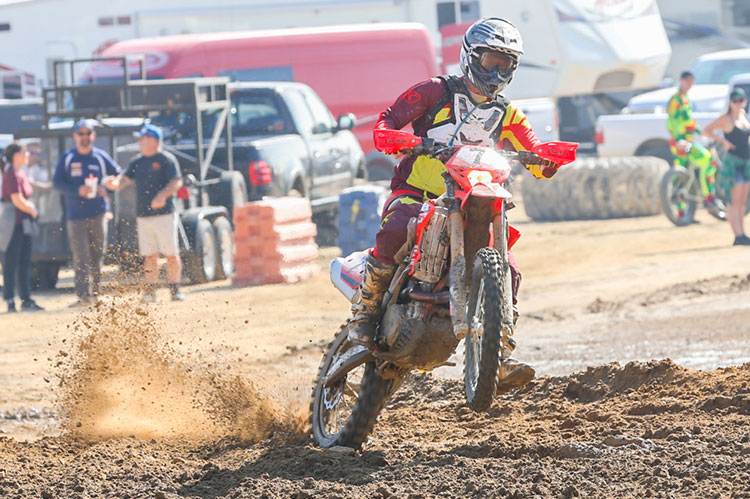
At just after 3:00 in the afternoon, Scott finished his laps and we installed a new MSR Funnelweb air filter and gave the bike a quick look over. Jason started our second set of rotations on the bike. Now we would have most of the riders complete three laps, which would push their time on the bike to about 70 minutes. Jeff and Robert completed their turns without incident which brought us to our most involved pit stop.
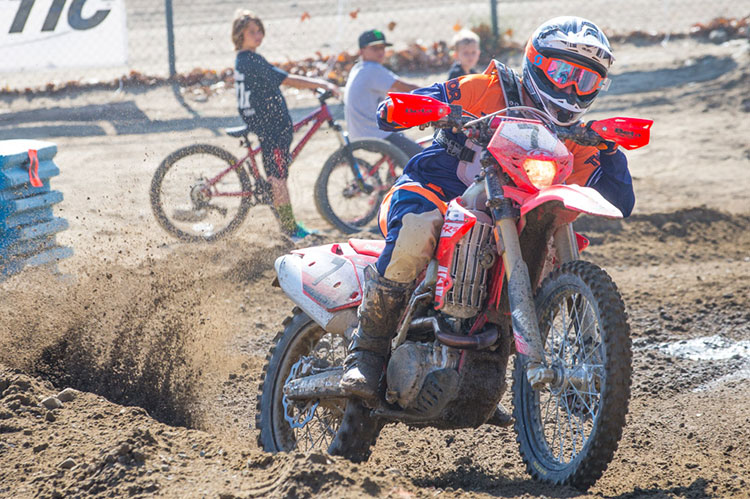
At 6:20 PM, with daylight all but gone, we changed another air filter, added a new rear wheel with a fresh Maxxis Maxxcross SI, and installed the KC Hilites LED lights we had assembled for the event. Everything went smoothly and I took the bike out for the first night ride.
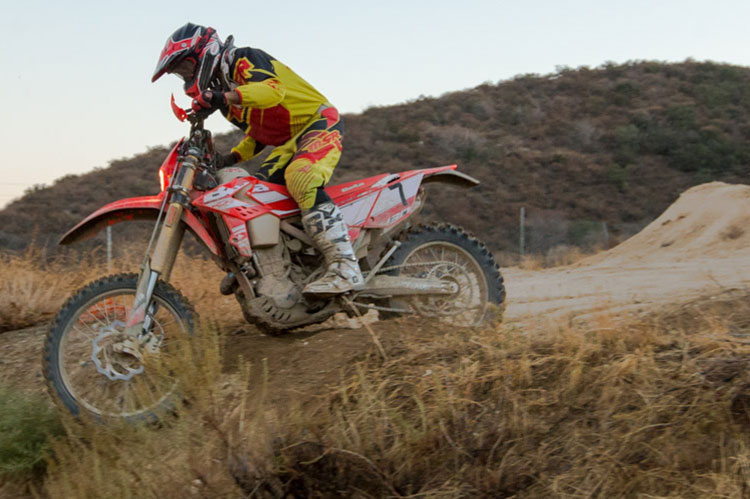
Many people will say that the race really starts when it gets dark, since that seems to be when the gremlins, mechanical and otherwise, come out. Luckily, we were able to keep ours in check, and our first rotation in the dark went smoothly. Our lights were working great and everyone was riding well. Our biggest challenge started around 1:30 in the morning when the weather began to play a role.

The forecast included fog and a slight chance of rain throughout the night. Rain is a challenge, but mostly just for goggles, and one we have all encountered many times before. Our guys wound up riding without goggles if it got too bad. The bigger problem was the fog. For racing at night, there’s nothing better than a super bright light, except when that light is being reflected back at you. In certain sections, where the fog was the thickest, you had little choice other than to slow down to a crawl and just pick your way through. Our lap times slowed down a bit and a couple riders, myself included, failed to keep the Beta on its wheels the whole time. Luckily, nothing so serious that any damage was caused to the bike or bodies.
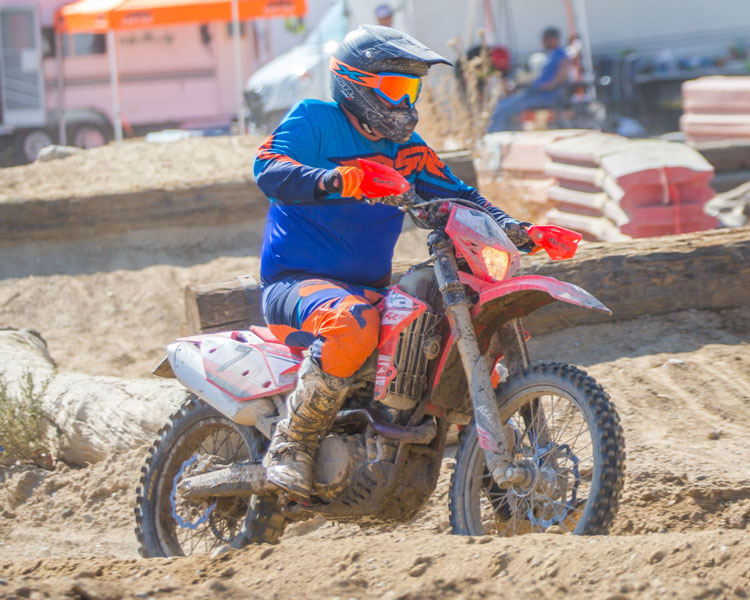
Our last major pit stop occurred a couple hours before sunrise. We changed both wheels, this time opting for Maxxis’ longer wearing IT model, ensuring that we would be able to make it all the way to the finish without needing to do another wheel change. The only remaining milestone was to remove the lights once the sun was back up. From there it was just another four hours to the checkered flag. After all that time, the course was beat and our bodies were right there with it. Blisters, rashes and cramping muscles were common complaints during the remaining laps, but everyone continued to turn fast and consistent laps all the way to the finish.
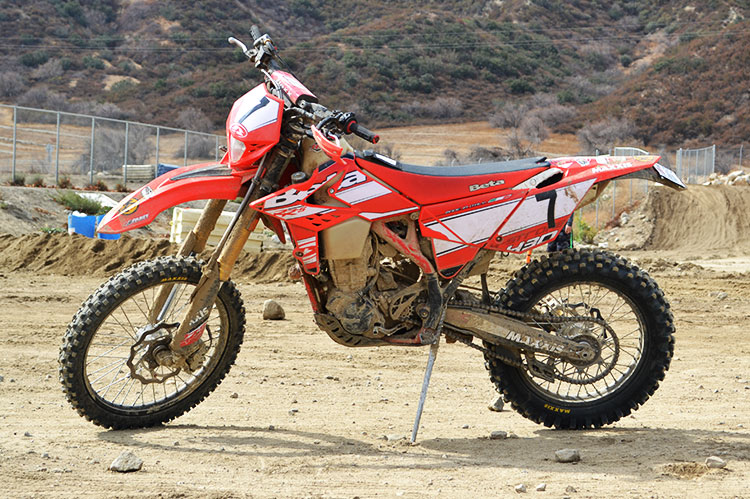
We finished 1st in the 40+ Expert class and 10th overall. Everyone agreed, it was one of the best rides we’ve had, and nobody could remember a time where the bike literally never stopped except for the planned pits. Coming from someone who’s entered every one of these events, it’s quite remarkable. The Beta 430RR-S performed spectacularly well and made it to the finish in such good condition that we threw the license plate back on it (yes it’s street legal), and rode it home. Look for the full bike test to be published soon!
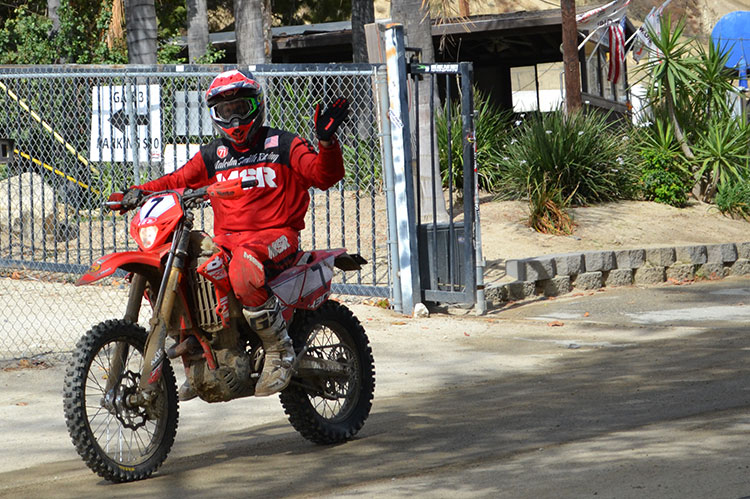
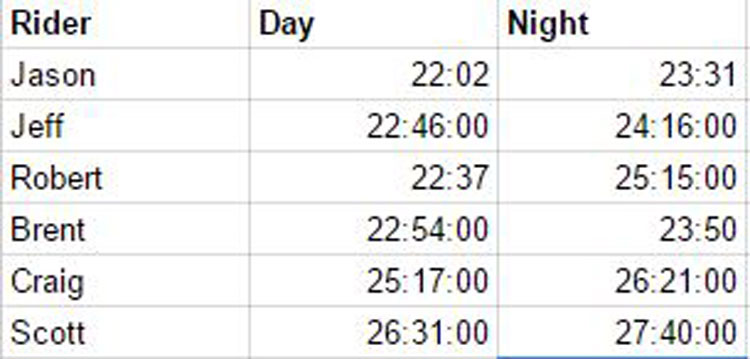
Ride Along with Brent through the night portion of the race!

